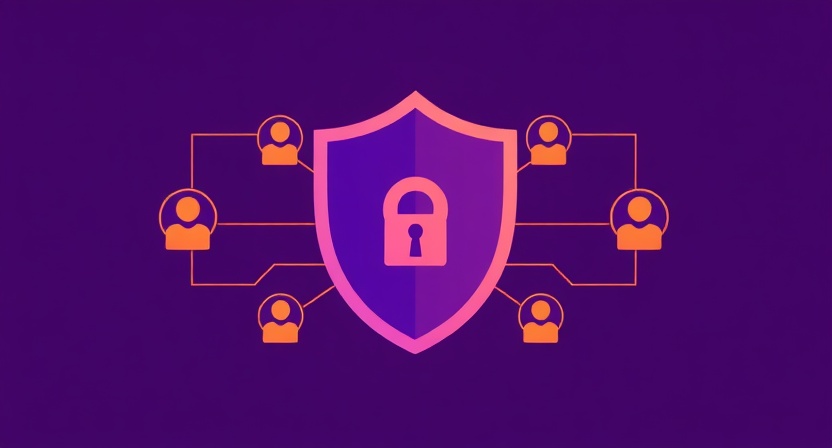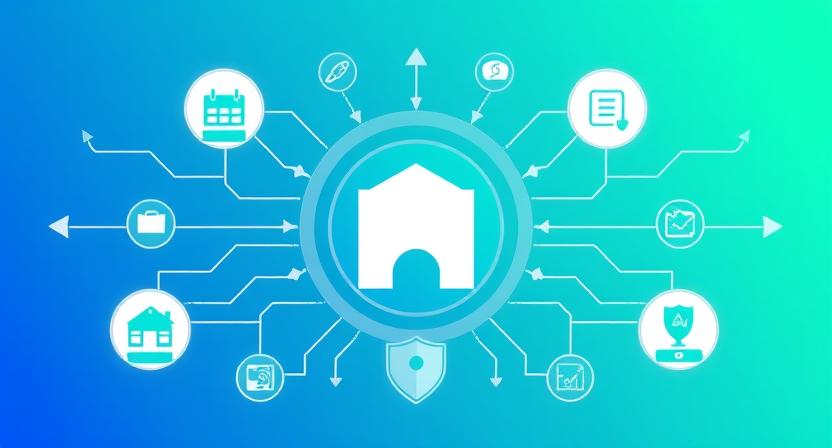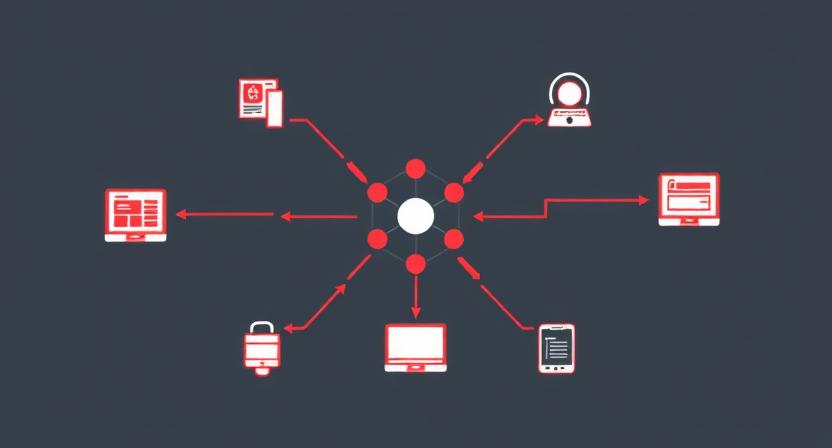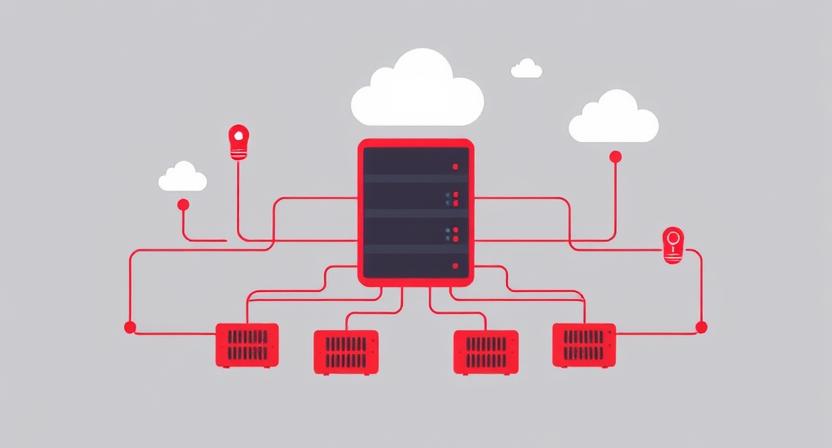In an era of increasing cyber threats, identity and access management (IAM) has become critical for protecting enterprise systems. IAM ensures that the right users have access to the right resources at the right time.
Single Sign-On (SSO)
SSO simplifies user authentication, reducing password fatigue while enhancing security. Centralized login systems streamline access control and improve compliance reporting.
SSO also enables seamless user experiences across multiple applications, increasing productivity while maintaining robust security standards.
Multi-Factor Authentication (MFA)
MFA adds an extra layer of protection by requiring more than just a password. Enterprises that adopt MFA significantly reduce the risk of compromised accounts and data breaches.
Implementing MFA across enterprise applications protects sensitive systems and enhances compliance with industry regulations.
Role-Based Access Control (RBAC)
RBAC assigns permissions based on roles, minimizing human error and preventing unauthorized access. Automated provisioning and de-provisioning further enhance security and operational efficiency.
RBAC ensures that users only have access to the resources necessary for their role, reducing risk and simplifying audits.
Integration with Cloud and On-Premises Systems
Modern IAM solutions integrate seamlessly with cloud platforms, SaaS applications, and on-premises systems. This hybrid approach ensures consistent access control and security policies across the enterprise.
Enterprises can enforce uniform identity management policies, whether users access applications from the cloud or internal networks.
Business Impact
By implementing robust IAM solutions, organizations protect sensitive data, maintain compliance, and provide seamless access to users. IAM is not just a security tool — it is a strategic enabler for digital transformation.



